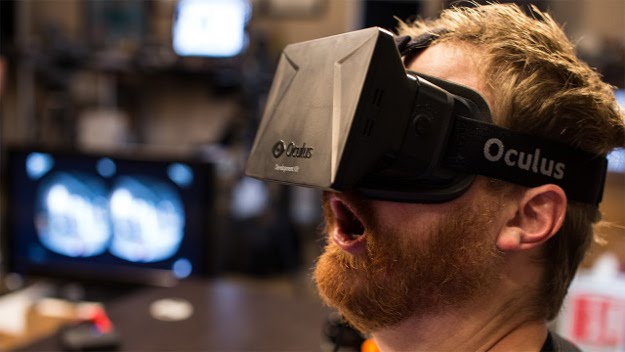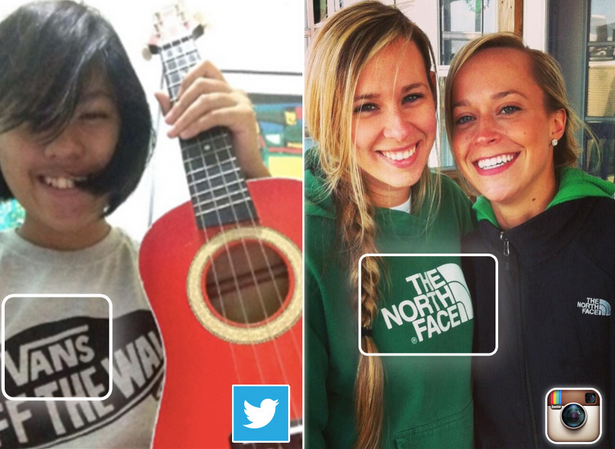
Oculus Rift – Will it change engagement marketing?
You may have heard of the Oculus Rift because of Facebook’s $2 billion takeover a while back. But what is the Oculus Rift exactly? Is it really that revolutionary or will it just become a new form of gaming console?
Oculus Rift: What is it?
The Oculus Rift is one of the most advanced virtual reality headsets out there at the moment. There are other brands too, some of which are even made out of cardboard and can be used with your phone. But it’s safe to say the Oculus Rift is the market leader. The headset was developed by Oculus VR before it was taken over by Facebook.
In essence, it’s two video screens are mounted in a set of goggles, which means that any video you see, or game you play, is in full screen. So this full screen in fact allows the user to feels that they are actually in the video or game. The Oculus Rift also uses motion sensors to track the movement of your head, so you can physically look around the environment that you’re in. It’s a full immersive experience which allows you to use your own head to look around, as you would in real life.
What is it being used for?
The Oculus Rift started off as a new experience for video games. Instead of looking at your TV or monitor this would allow the player to step in to the game, look around and experience the game or video as it would be real life. But we have also seen a number of brands use the technology to introduce their products or services to potential customers.
Obviously this would be subject to what kind of business you are actually running. If you are running an accountancy business we don’t see how you would want to have your customers experience their tax returns. But if you are working in a company that is very much about customers experiencing your products it will probably work better. Monarch has done some great stuff with the Oculus Rift a while back which can be seen here. But we can also imagine it being used by luxury hotels, car dealerships, tour operators, property developers, construction companies, theme parks and many other businesses. The Monarch campaign was design and executed by WPMP and the case video can be seen below.
How is the Oculus Rift being used for marketing then?
Imagine you work for a major airline and you have just fitted a new business class and first class interior in your aircraft. You’re probably doing multiple trade shows a year to promote your product. It’s likely you don’t have the luxury of taxiing one of your aircraft into the trade show centre. So you need to think of another way to promote your new product.
5 years ago we already saw people using iPads and virtual tours instead of paper brochures. The only paper you get now, is a fact sheet. But the Oculus Rift would allow for this airline to have their potential customers actually experience their new first class and business class – by actually giving them the experience as if they were in that same aircraft.
We think Benjamin Franklin’s quote here is quite applicable:
Tell me and I forget (paper brochures)
Teach me and I may remember (iPad – sort of)
Involve me and I learn (Oculus Rift)
Obviously the airline is only one of many examples, as is the way Monarch used it themselves. But we do genuinely think that by involving your customers into what you are trying to get them to buy in to, you have a much better chance of succeeding.
What does the future hold?
The Oculus Rift truly is a great product and we can see it being used more and more. The only challenge at the moment is finding developers who can actually build the programs that you want and need. As it’s not that widely used yet the cost of developing a program for it, will be many times higher than having something on your iPad. Having said that, the impact will be many times of that an iPad too.
Is it worth it? We certainly think so but it really does depend on the message you are trying to get across.
We have experienced the Oculus Rift a few times ourselves for games. We haven’t seen it in live action for marketing purposes yet. Have you seen it somewhere? Please let us know what your experiences are and where you think this awesome new technology will be heading.

